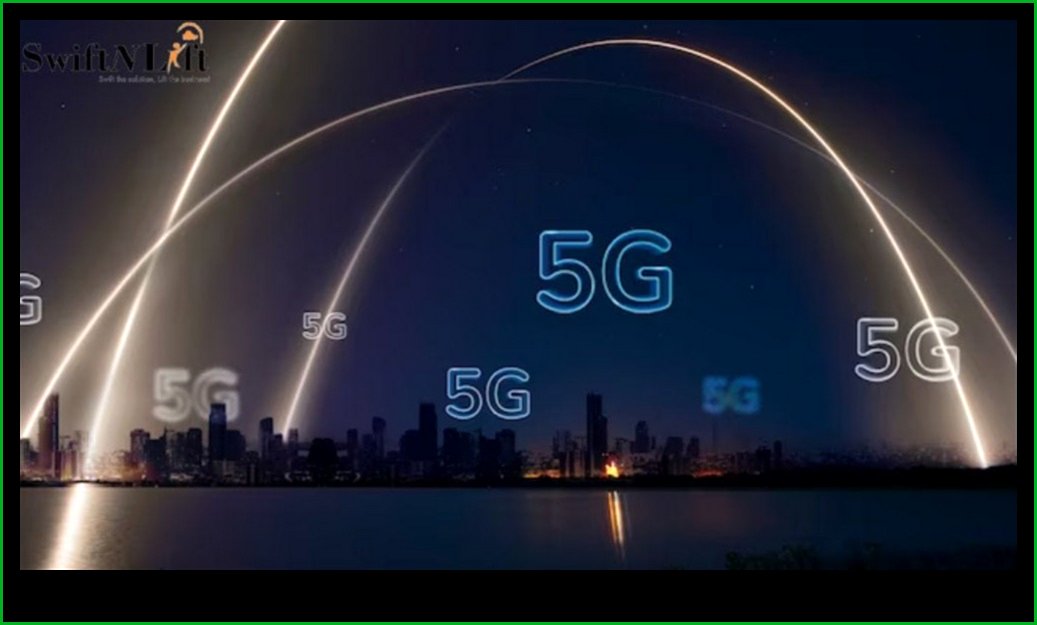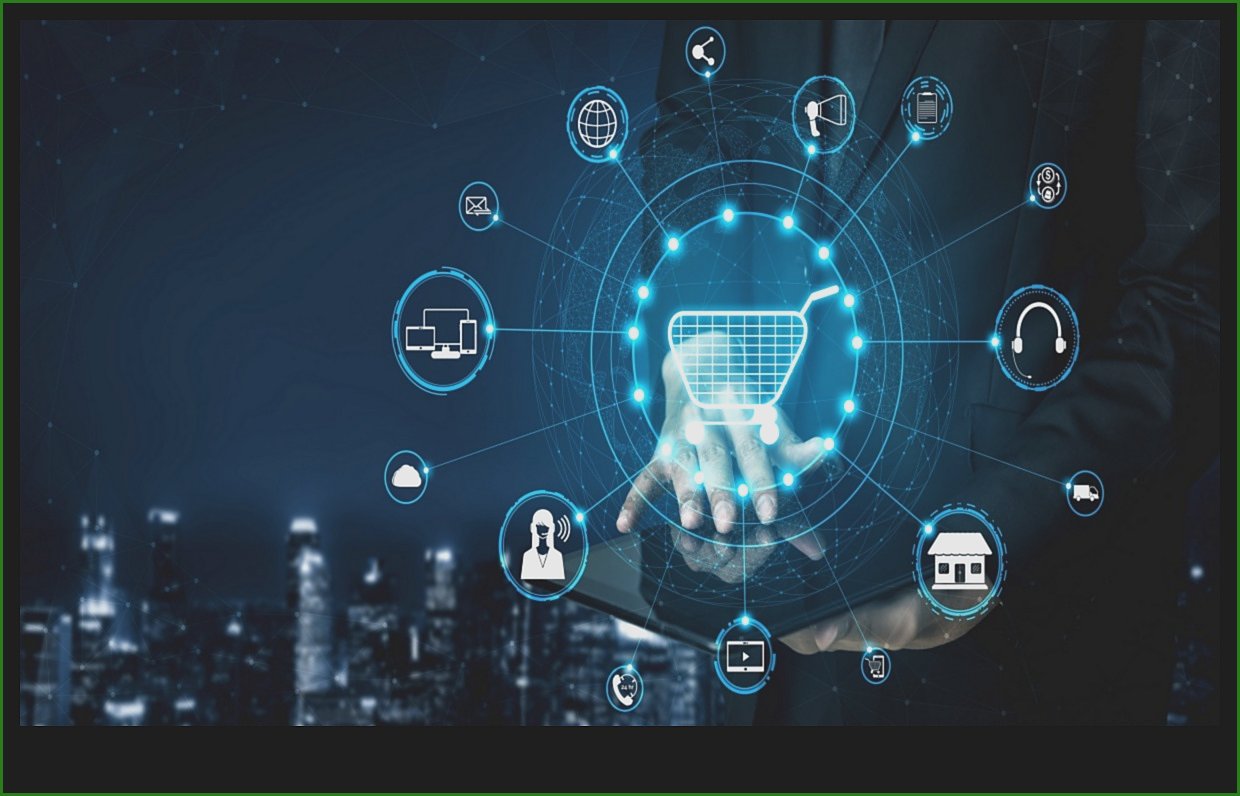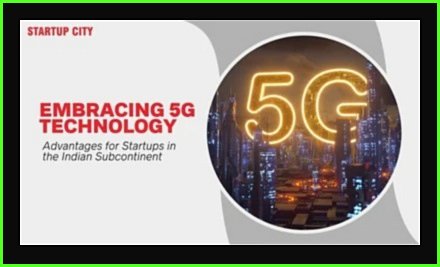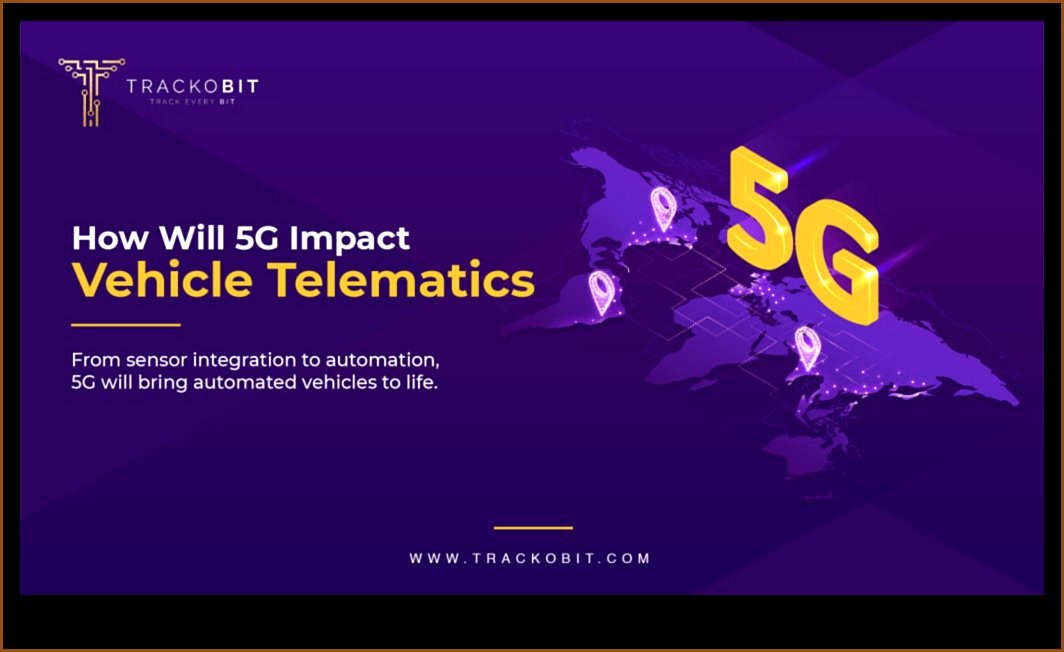
I. Introduction
5G is the fifth generation of wireless technology, and it promises to deliver much faster speeds, lower latency, and greater capacity than previous generations. This has the potential to revolutionize the way we live and work, by enabling new applications and services that were previously not possible.

II. What is 5G Marketing?
5G marketing is the use of 5G technology to create new and innovative marketing campaigns. This can include using 5G to deliver real-time content, create immersive experiences, and connect devices in new ways.
Benefits of 5G Marketing
5G marketing can offer a number of benefits over traditional marketing methods, including:
- Faster speeds: 5G can deliver data at speeds up to 10 gigabits per second, which is much faster than traditional 4G networks. This allows for the delivery of rich media content, such as high-definition video, without any buffering.
- Lower latency: 5G has a much lower latency than 4G networks, which means that data can be transmitted and received more quickly. This can improve the user experience for online gaming, video streaming, and other real-time applications.
- Greater capacity: 5G networks can support a much larger number of devices than 4G networks. This means that more people can be connected to the network at the same time, without experiencing any slowdowns.
Strategies for 5G Marketing
There are a number of different ways that businesses can use 5G marketing to reach their customers. Some of the most common strategies include:
- Using 5G to deliver real-time content: Businesses can use 5G to deliver real-time content, such as live video, to their customers. This can be used to create engaging experiences, such as live streaming events or product demonstrations.
- Creating immersive experiences: 5G can be used to create immersive experiences, such as virtual reality (VR) and augmented reality (AR). This can be used to give customers a more realistic experience of products or services, or to create interactive games and applications.
- Connecting devices in new ways: 5G can be used to connect devices in new ways, such as connecting cars to the internet or allowing wearable devices to communicate with each other. This can open up new possibilities for businesses, such as providing real-time customer service or tracking the location of assets.
Tools for 5G Marketing
There are a number of different tools that businesses can use to create 5G marketing campaigns. Some of the most popular tools include:
- 5G-enabled devices: Businesses can use 5G-enabled devices, such as smartphones and tablets, to create and deliver 5G marketing campaigns.
- 5G-enabled networks: Businesses can use 5G-enabled networks to deliver 5G marketing campaigns.
- 5G-enabled software: Businesses can use 5G-enabled software to create and deliver 5G marketing campaigns.
Case Studies of 5G Marketing
There are a number of different case studies that demonstrate the potential of 5G marketing. Some of the most notable examples include:
- AT&T used 5G to deliver a real-time concert experience to customers in New York City. The concert was streamed live from the Barclays Center, and customers were able to watch the concert in high-definition video without any buffering.
- T-Mobile used 5G to create an immersive VR experience for customers at the Consumer Electronics Show (CES). The experience allowed customers to explore a virtual city, and interact with different objects and characters.
- Verizon used 5G to connect a fleet of self-driving cars. The cars were able to communicate with each other and with the surrounding infrastructure, allowing them to navigate safely and efficiently.
There are a number of challenges that businesses face when using 5G marketing. Some of the most common challenges include:
-
<
- Faster speeds
- Lower latency
- Greater capacity
- More reliable connections
- Improved security
- Providing real-time updates on products and services
- Delivering interactive content and experiences
- Creating personalized marketing campaigns
- Tracking customer behavior
- Improving customer service
- Speed: 5G networks are much faster than 4G networks, which means that marketers can deliver content to consumers more quickly and efficiently.
- Latency: 5G networks have lower latency than 4G networks, which means that consumers can interact with content more quickly and seamlessly.
- Capacity: 5G networks have greater capacity than 4G networks, which means that marketers can reach more consumers with their content.
- Coverage: 5G networks are expanding rapidly, which means that more consumers will have access to 5G services in the near future.
- Using 5G to create immersive experiences for customers
- Using 5G to enable real-time interaction between customers and businesses
- Using 5G to deliver faster and more reliable content
- Using 5G to connect devices and collect data
- Using 5G to create new business models
- 5G-enabled devices
- 5G-enabled networks
- 5G-enabled applications
- 5G-enabled content
- 5G-enabled platforms
- The high cost of 5G technology
- The lack of 5G coverage in some areas
- The complexity of 5G marketing campaigns
- The need for specialized skills and knowledge to create effective 5G marketing campaigns
- Partner with 5G providers to get access to the latest technology and insights.
- Target areas with high 5G coverage to ensure that your customers can experience the benefits of 5G.
- Keep your campaigns simple and easy to understand.
- Educate your customers about the benefits of 5G and how it can improve their lives.
- Increased reach: 5G networks can provide faster speeds and lower latency, which means that you can reach more people with your marketing campaigns.
- More engaging content: 5G networks can support high-quality video and audio, which means that you can create more engaging marketing campaigns.
- Better tracking: 5G networks can provide more accurate tracking data, which means that you can measure the results of your marketing campaigns more effectively.
- Using 5G-enabled devices to deliver your marketing campaigns: You can use 5G-enabled devices to create and deliver marketing campaigns that are more engaging and interactive.
- Using 5G networks to deliver real-time content: You can use 5G networks to deliver real-time content, such as live streaming video and interactive games.
- Using 5G networks to track the results of your marketing campaigns: You can use 5G networks to track the results of your marketing campaigns more effectively, so that you can make improvements and get the most out of your investment.
- 5G-enabled devices: 5G-enabled devices can be used to create and deliver marketing campaigns that are more engaging and interactive.
- 5G networks: 5G networks can be used to deliver real-time content, such as live streaming video and interactive games.
- 5G tracking tools: 5G tracking tools can be used to track the results of your marketing campaigns more effectively.
- AT&T used 5G to deliver a live concert to fans in multiple cities.
- Coca-Cola used 5G to create an interactive experience at a sporting event.
- Nike used 5G to track the performance of athletes during a race.
- The cost of 5G devices and networks can be prohibitive for some businesses.
- 5G networks are still in their early stages of development, so there may be some challenges with reliability and performance.
- 5G marketing is still a relatively new concept, so there may not be as much information available as there is for other marketing channels.
| Topic | Answer |
|---|---|
| 5G | 5G is the fifth generation of wireless technology. It promises to deliver much faster speeds, lower latency, and greater capacity than previous generations of wireless technology. |
| Resonance | Resonance is a phenomenon that occurs when two waves of the same frequency interact with each other, causing them to amplify each other. |
| Connected experiences | Connected experiences are experiences that are enhanced by the use of technology. For example, a connected experience could be watching a movie on a streaming service while using a virtual reality headset to interact with the movie. |
| Lasting impressions | Lasting impressions are impressions that stick with people long after they have been made. |
| Technology features | 5G technology features include:
|
II. What is 5G Marketing?
5G marketing is the use of 5G technology to create new and innovative marketing campaigns. By leveraging the speed, power, and reach of 5G, marketers can create immersive experiences that engage customers and drive results.
5G marketing can be used for a variety of purposes, including:
5G marketing is still in its early stages, but it has the potential to revolutionize the way we market products and services. By leveraging the power of 5G, marketers can create more engaging and effective campaigns that reach a wider audience.

III. Benefits of 5G Marketing
5G marketing offers a number of benefits over traditional marketing methods, including:
These benefits make 5G marketing an ideal way to reach consumers with engaging and interactive content. By using 5G marketing, marketers can create lasting impressions with connected experiences that will drive business growth.

IV. Strategies for 5G Marketing
There are a number of different strategies that can be used to market products and services using 5G technology. Some of the most common strategies include:
Each of these strategies offers unique benefits for businesses, and the best strategy for a particular business will depend on its specific needs and goals.
Here is a more detailed look at each of these strategies:
Using 5G to Create Immersive Experiences for Customers
5G technology can be used to create immersive experiences for customers by providing them with access to high-quality, real-time content. This can be done through a variety of means, such as streaming video, virtual reality, and augmented reality.
For example, a retailer could use 5G to offer customers a virtual shopping experience where they can browse products, interact with sales representatives, and make purchases. A museum could use 5G to create an immersive experience where visitors can learn about exhibits and interact with historical figures. A travel company could use 5G to offer customers a virtual tour of a destination before they book a trip.
The possibilities for using 5G to create immersive experiences are endless. By providing customers with a more engaging and interactive experience, businesses can improve customer satisfaction and loyalty.
Using 5G to Enable Real-Time Interaction between Customers and Businesses
5G technology can be used to enable real-time interaction between customers and businesses by providing them with faster and more reliable connections. This can be done through a variety of means, such as video chat, voice calling, and messaging.
For example, a customer could use 5G to video chat with a sales representative to get help with a product or service. A business could use 5G to provide customers with real-time support for technical issues. A doctor could use 5G to consult with a patient remotely.
The possibilities for using 5G to enable real-time interaction are endless. By providing customers with a more convenient and efficient way to communicate with businesses, businesses can improve customer satisfaction and loyalty.
Using 5G to Deliver Faster and More Reliable Content
5G technology can be used to deliver faster and more reliable content to customers by providing them with access to high-bandwidth networks. This can be done through a variety of means, such as streaming video, downloading games, and browsing the internet.
For example, a customer could use 5G to stream a high-definition movie without buffering. A gamer could use 5G to download a new game in minutes. A business could use 5G to access data and applications from anywhere in the world.
The possibilities for using 5G to deliver faster and more reliable content are endless. By providing customers with a more convenient and enjoyable way to access content, businesses can improve customer satisfaction and loyalty.
Using 5G to Connect Devices and Collect Data
5G technology can be used to connect devices and collect data by providing them with low-latency connections. This can be done through a variety of means, such as IoT devices, sensors, and drones.
For example, a business could use 5G to connect its manufacturing equipment and collect data on production output. A city could use 5G to connect its traffic sensors and collect data on traffic flow. A farmer could use 5G to connect its tractors and collect data on crop yields.
The possibilities for using 5G to connect devices and collect data are endless. By providing businesses with a more efficient way to collect data, 5G can help businesses make better decisions and improve their operations.
Using 5G to Create New Business Models
5G technology has the potential to create new business models by enabling new products and services. This can be done

V. Tools for 5G Marketing
There are a number of tools that can be used for 5G marketing, including:
Each of these tools can be used to create unique and engaging marketing experiences for consumers. For example, 5G-enabled devices can be used to deliver immersive and interactive content, while 5G-enabled networks can be used to support real-time streaming of high-quality video.
5G-enabled applications can be used to create new and innovative ways for consumers to interact with brands, while 5G-enabled content can be used to create engaging and memorable marketing campaigns.
5G-enabled platforms can be used to provide a centralized location for consumers to access all of their 5G-enabled content and applications.
By using these tools, marketers can create lasting impressions with consumers and drive business growth.
6. Conclusion5G marketing is a new and exciting field that offers many opportunities for businesses to reach new customers and create lasting impressions. By using 5G technology to create immersive and interactive experiences, businesses can engage with customers in new ways and build stronger relationships.
As 5G networks continue to roll out, the potential for 5G marketing will only grow. Businesses that are early adopters of 5G marketing will be well-positioned to take advantage of this new technology and achieve their marketing goals.
VII. Challenges of 5G Marketing
There are a number of challenges associated with 5G marketing, including:
Marketers need to be aware of these challenges and develop strategies to overcome them. By doing so, they can ensure that their 5G marketing campaigns are successful.
Here are some tips for overcoming the challenges of 5G marketing:
By following these tips, you can overcome the challenges of 5G marketing and create successful campaigns that reach your target audience and drive results.
Conclusion
5G marketing is a powerful tool that can be used to create lasting impressions with connected experiences. By leveraging the benefits of 5G technology, marketers can create engaging and immersive experiences that will keep customers coming back for more.
In this article, we discussed the key benefits of 5G marketing, as well as strategies and tools that can be used to implement it. We also provided case studies of 5G marketing campaigns that have been successful in achieving their goals.
As 5G continues to roll out, it is important for marketers to understand how they can use this technology to their advantage. By doing so, they can create more engaging and effective marketing campaigns that will help them reach their target audiences and achieve their business goals.
IX. FAQ
What is 5G marketing?
5G marketing is the use of 5G technology to create new and innovative marketing campaigns. It can be used to reach a wider audience, deliver more engaging content, and track results more effectively.
What are the benefits of 5G marketing?
There are many benefits to using 5G marketing, including:
What are some strategies for 5G marketing?
There are many different strategies that you can use for 5G marketing, including:
What are some tools for 5G marketing?
There are a number of tools that you can use for 5G marketing, including:
What are some case studies of 5G marketing?
There are a number of case studies of 5G marketing, including:
What are some challenges of 5G marketing?
There are a number of challenges that you may face when using 5G marketing, including:
Conclusion
5G marketing is a powerful tool that can be used to reach a wider audience, deliver more engaging content, and track the results of your marketing campaigns more effectively. However, there are also some challenges that you may face when using 5G marketing, such as the cost of 5G devices and networks, the reliability of 5G networks, and the lack of information available about 5G marketing.
Overall, 5G marketing is a promising new marketing channel that has the potential to revolutionize the way that businesses market their products and services. However, businesses should carefully consider the challenges of 5G marketing before investing in this new technology.
FAQ
Q: What is 5G marketing?
A: 5G marketing is the use of 5G technology to create engaging and immersive marketing experiences for customers.
Q: What are the benefits of 5G marketing?
A: 5G marketing can provide customers with a more personalized and interactive experience, and it can also help businesses to reach new customers and grow their sales.
Q: What are some tools for 5G marketing?
A: Some tools for 5G marketing include augmented reality (AR), virtual reality (VR), and 360-degree video.